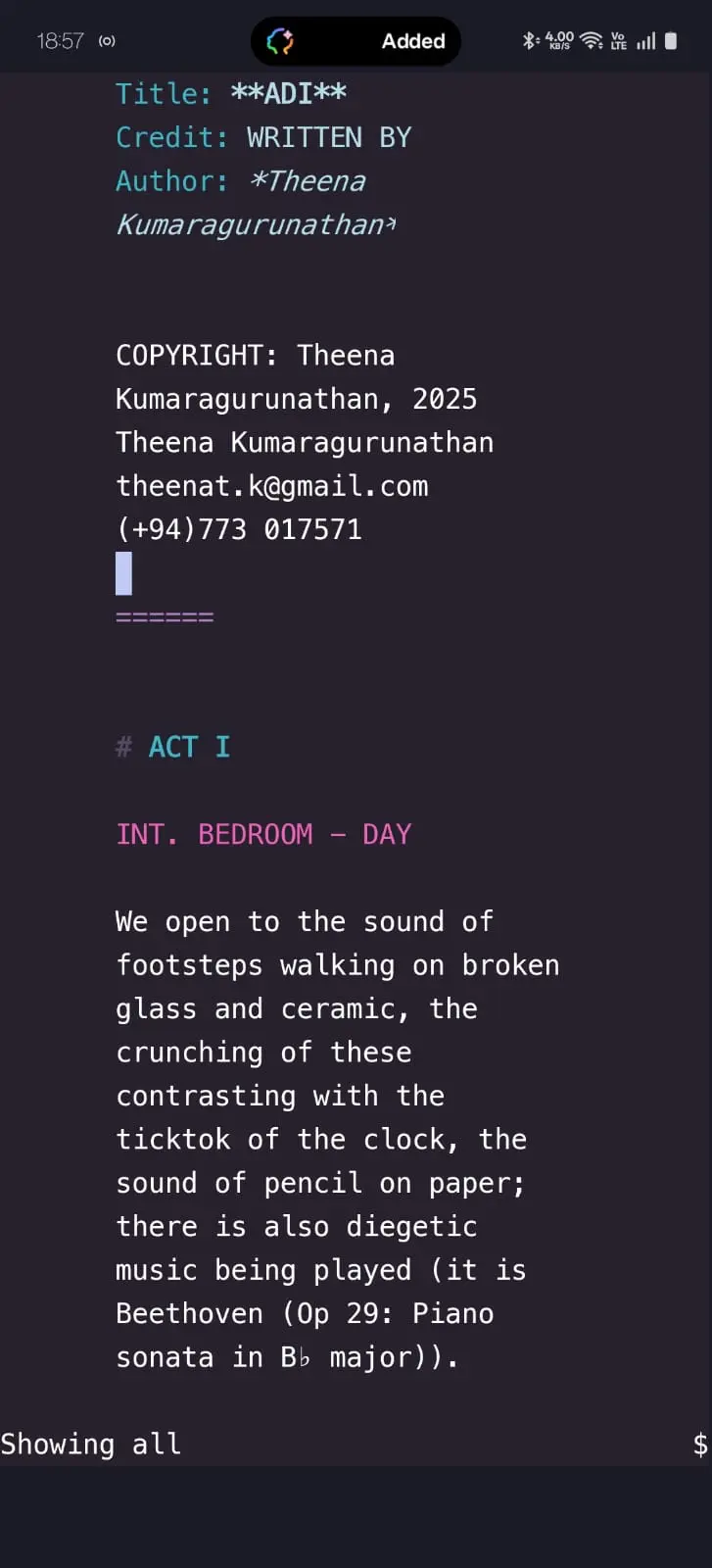
When most people hear “open source,” they think “free”—free as in cost, free as in beer. But for those of us who make our living with words, images, or sound, the real value of FOSS is more complicated, and the price we pay isn’t always measured in money.
Let’s talk honestly about cost. Yes, open-source tools are free to download and use. That’s a major draw, especially for independent creatives. But there’s another cost: the loss of convenience. Proprietary software is designed to be frictionless. You pay, you install, you get to work. Open source, on the other hand, often demands patience and a willingness to tinker. The learning curve can be steep—sometimes maddeningly so.
I’ve lived this transition firsthand. I started out, like most writers, in the world of word processors. Microsoft Word was my default, and I never questioned it. But then I discovered Git—a tool built for programmers, but unexpectedly perfect for writers who crave version control and the ability to experiment without fear. That discovery led me down a rabbit hole: from Word to plain text, then to Vim, then NeoVim, and finally to Emacs. Each step took effort. Each step cost me time—sometimes days lost to configuration and learning arcane keybindings.

But here’s the thing: every hour I spent wrestling with these tools paid off in the long run. With Vim and later NeoVim, writing became faster, more focused, and almost meditative. I was so impressed by NeoVim’s flexibility that I ended up building my own integrated writing environment—OVIWrite—tailored specifically for my creative process. That’s not something I could have done with a closed, proprietary platform.
Of course, not everyone agrees with this approach. A friend of mine, also a writer, swears by Obsidian. For him, Markdown and a slick, user-friendly interface are non-negotiable. He values the convenience, the plug-and-play research tools, and the fact that he can get started immediately. Our debates are friendly but fierce: he argues that my endless tweaking is a distraction from actual writing; I counter that my setup gives me unmatched control and longevity. For my novels, I use Emacs with LaTeX; for screenplays, I rely on Fountain. The tools are sometimes rough around the edges, but they’re mine, and I understand them inside out.
The truth is, there’s no single right answer. Open source asks more of you up front. You pay in time and effort, and sometimes in frustration. But what you get back is a system that’s truly yours—adaptable, resilient, and future-proof. You’re not at the mercy of a company’s roadmap or a sudden subscription fee hike. You’re not forced to change your workflow because a developer decided to “improve” something you relied on.
There’s a freedom in that, but also a responsibility. You become your own support desk. You learn to solve problems, to ask questions in forums, to read the documentation (even when it’s terrible). You become, in a sense, a co-creator of your own tools.
So yes, FOSS is free as in cost, but not free as in effort. The loss of convenience is real, especially at the start. But for creatives who are willing to invest, the long-term rewards—flexibility, control, and a workflow built to last—are more than worth the price.
And if you find yourself, like I did, building something new along the way, you might discover that the greatest value of open source isn’t what you save, but what you create.
- Even the biggest players in the Linux world don't care about desktop Linux users. We do.
- We don't put informational content behind paywall. Your support keeps it open for everyone. Think of it like 'pay it forward'.
- Don't like ads? With the Plus membership, you get an ad-free reading experience.
- When millions of AI-generated content is being published daily, you read and learn from real human Linux users.
- It costs just $2 a month, less than the cost of your favorite burger.
Become a Plus Member today and join over 300 people in supporting our work.








